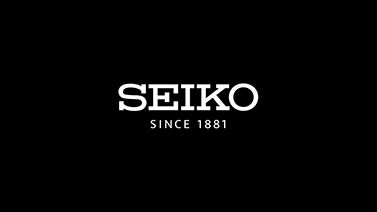We know Seiko is infamous for misalignments and wide accuracy specifications. I’ve always thought it’s very wabi sabi of them, and they should tout it as a feature, not a flaw. Today, I saw for the first time Seiko mentioning wabi sabi on their website!

 www.seikowatches.com
www.seikowatches.com
In case they change the web page, I copied and pasted here for posterity:

Seiko Watch Corporation
Seiko is one of the few fully integrated watch manufactures. We design and develop our own movements using leading-edge technology.
In case they change the web page, I copied and pasted here for posterity:
They started talking about wabi sabi, but didn’t tout it as a feature. It’s a very tip-toey, beat-around-the-bush way of bringing it up. But at least they mentioned it somewhere on their website! Now I’m waiting for the day when they’re “out with it” and be loud and proud. Haha





